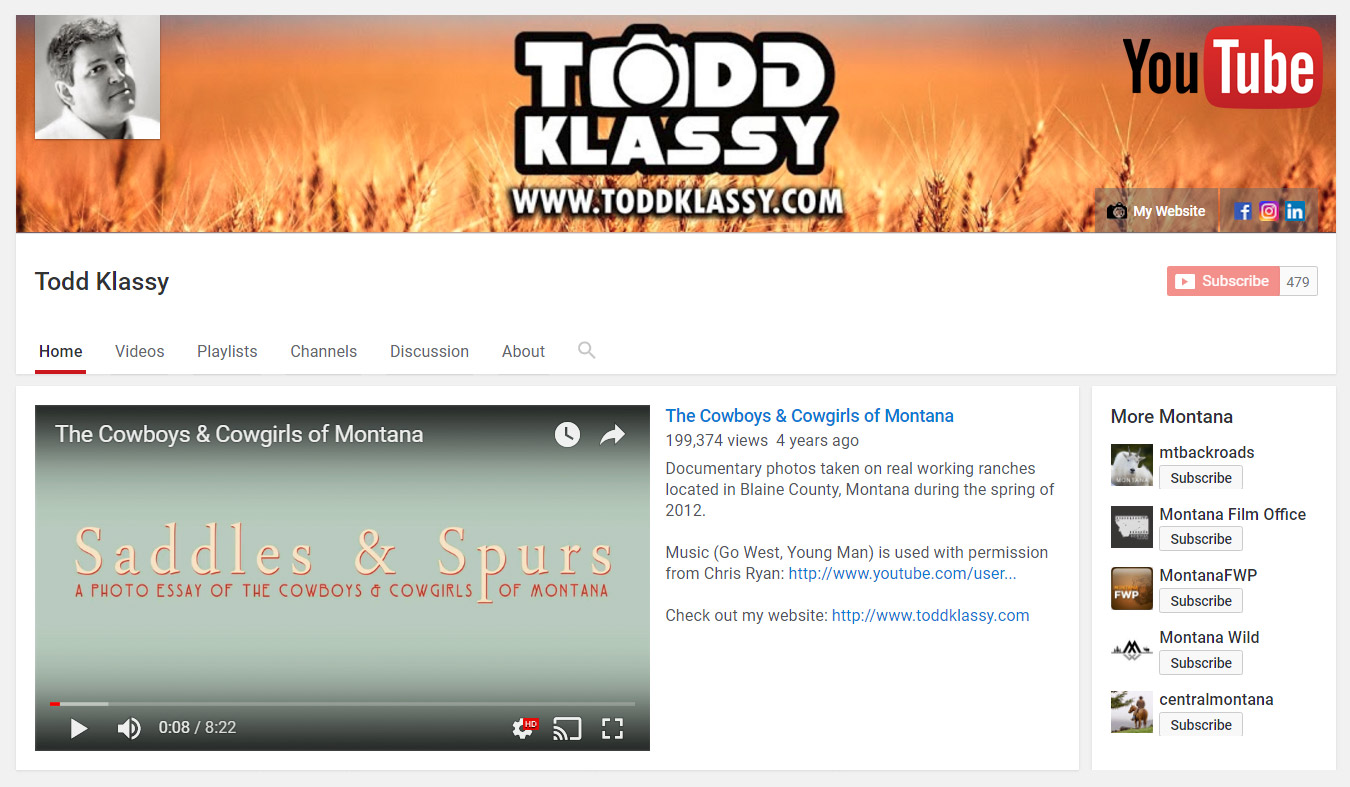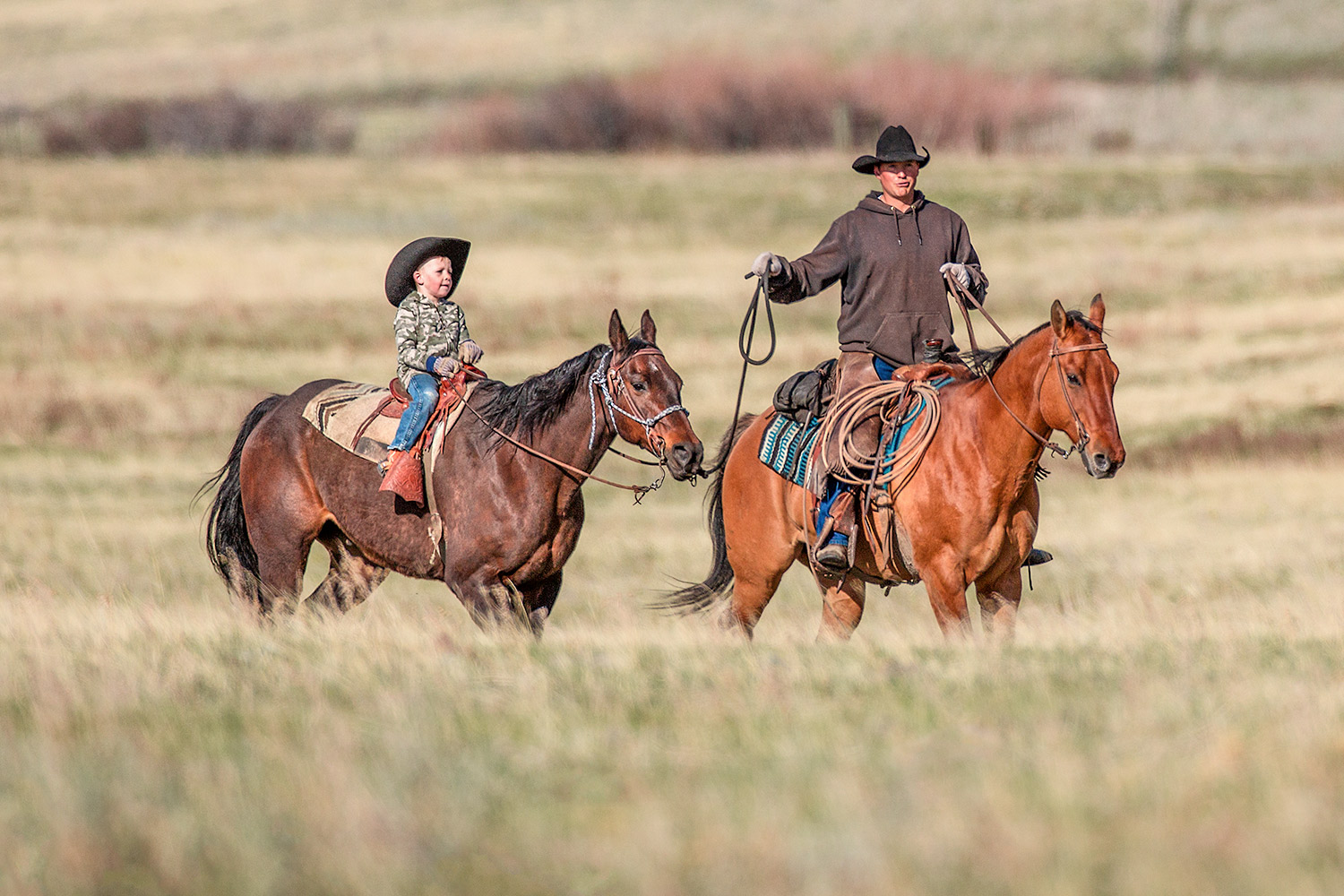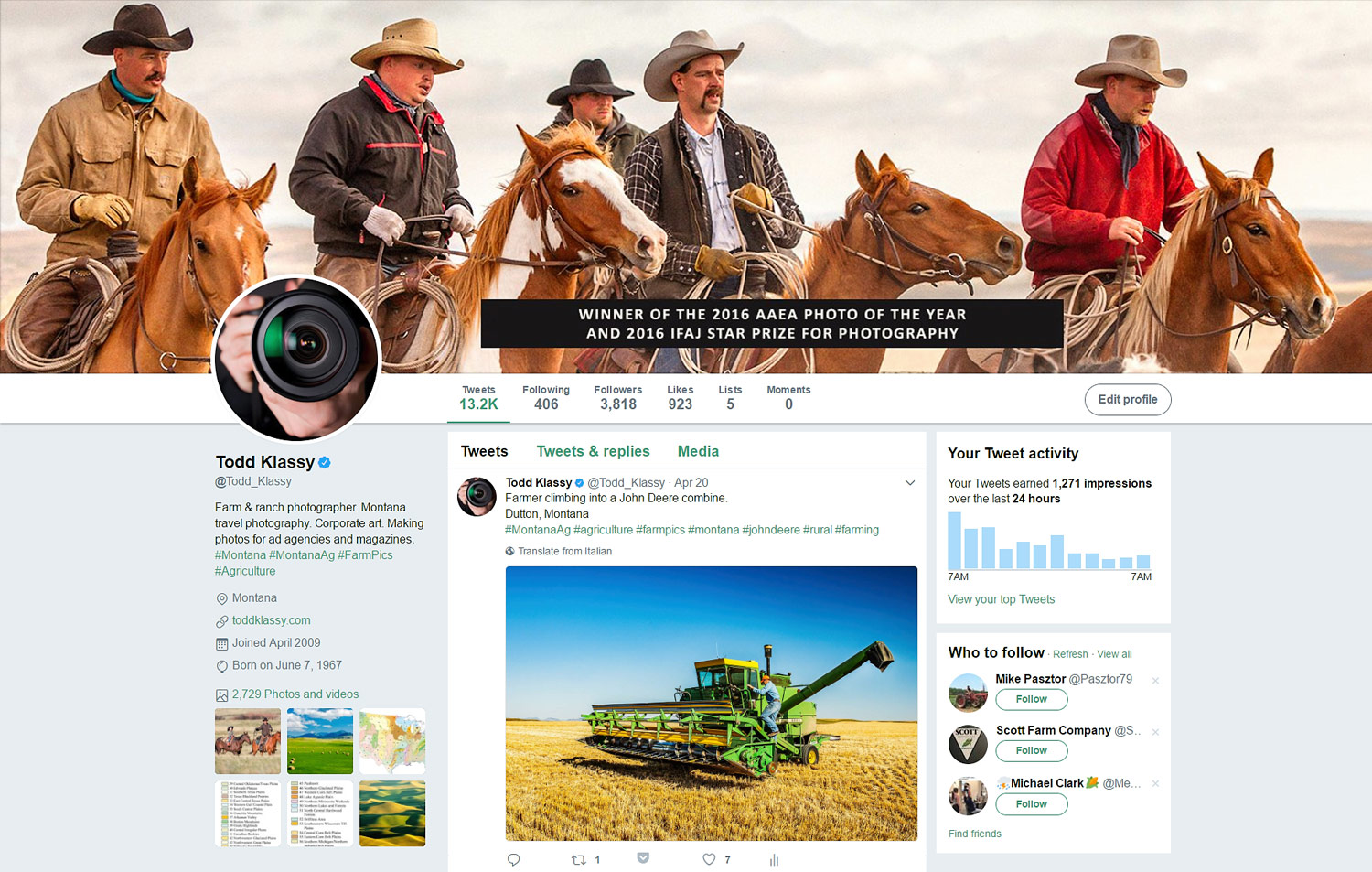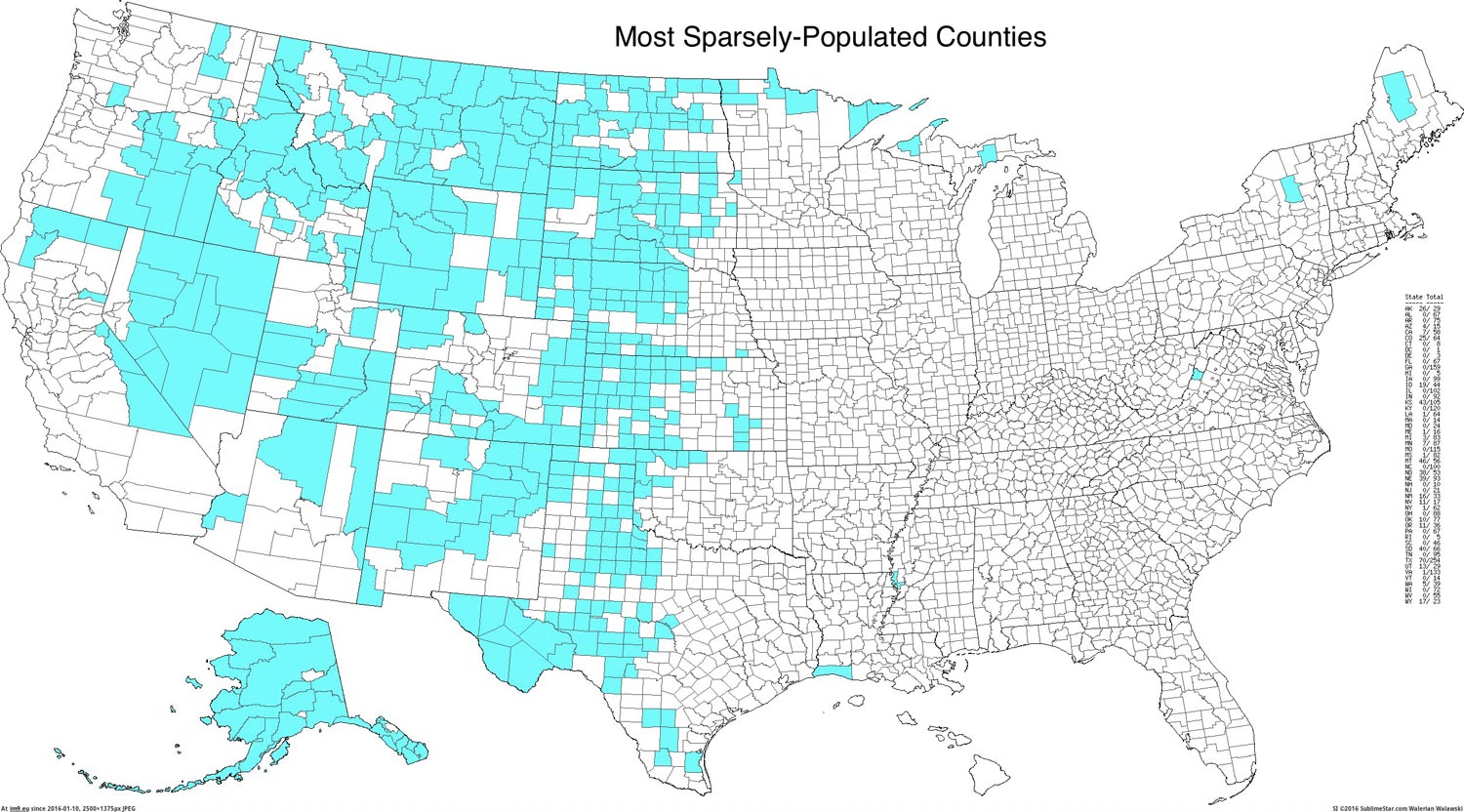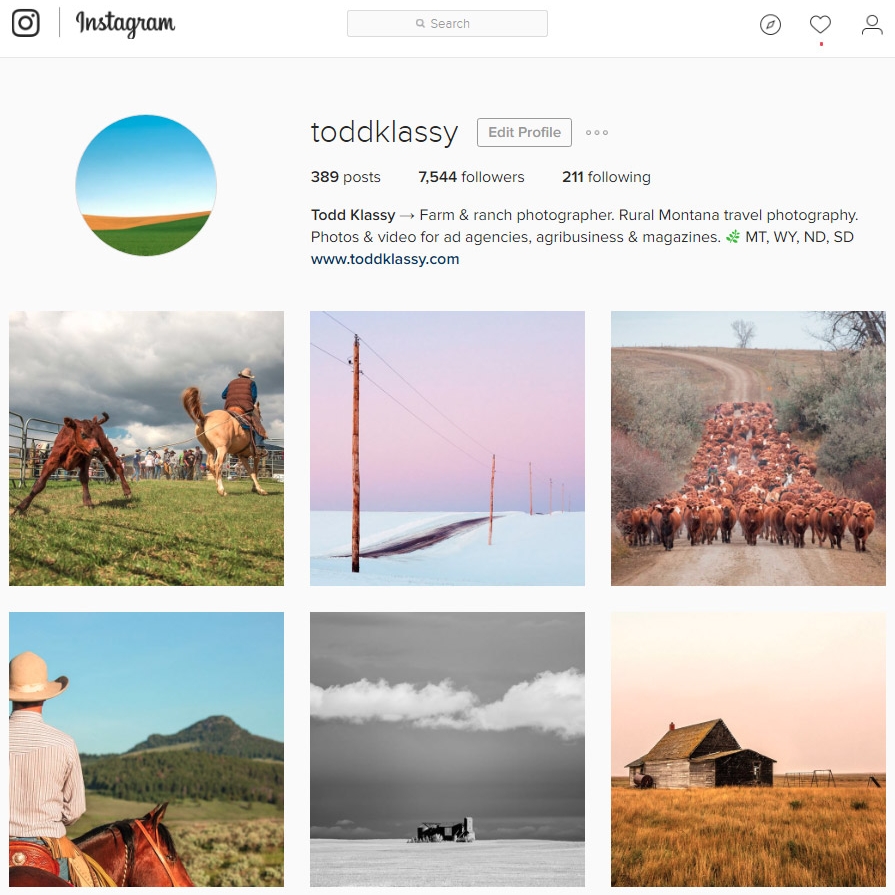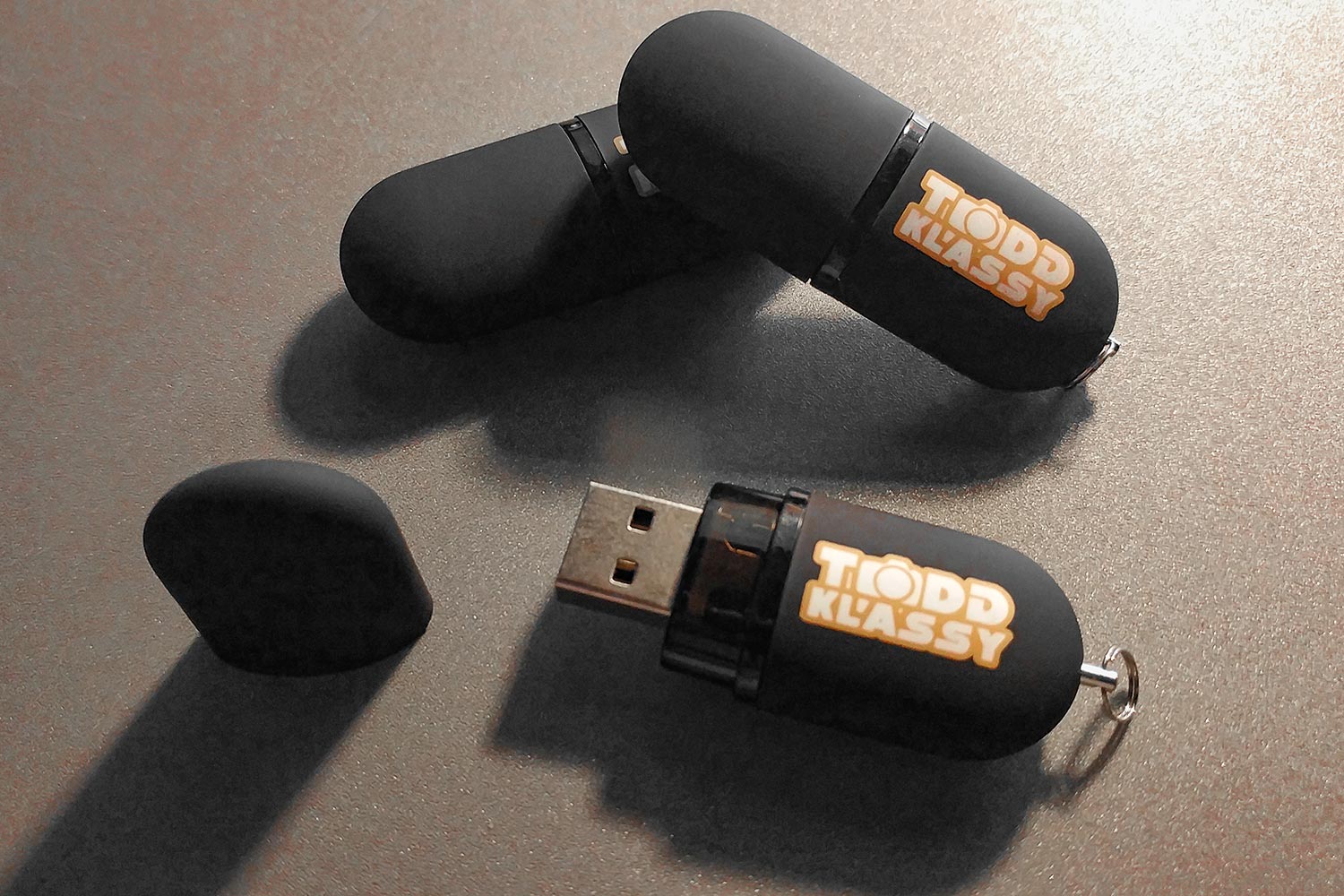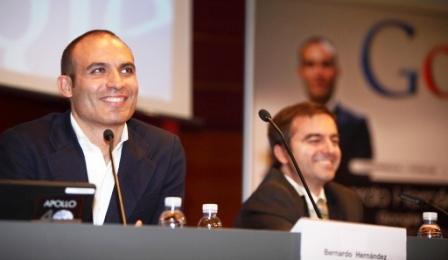Flickr is a relatively large company. I don't know the exact number of employees they have (it's not publicly available), but at one point in 2011 they had roughly 50 people working for them. Then in 2013 Flickr hired more. And they are hiring again. If I had to guess I would say today they have approximately 100 employees. They probably also receive assistance (i.e. marketing, accounting, legal, etc.) from Yahoo's corporate team. 500px, by comparison, has only 25 employees. Of course, they have a fraction of Flickr's web traffic, too.
Flickr, however, has a concrete block slung around its neck. It is the huge bureaucratic mechanism in place that slows its ability to make decisions on they fly and adapt to a changing marketplace. And I'm afraid things will only get worse.
For example, let's explore two recent developments in the world of online photography. One occurred in the past two weeks; the other has been brewing a bit longer.
When the 2014 Olympics in Sochi began earlier this month the The New York Times, a leader in the world of online photography, launched a website called the Sochi Photo Firehose. The website says it is "a real-time stream of images from the Sochi Olympics by photographers for The New York Times, The Associated Press, Reuters, Getty Images, European Pressphoto Agency, and Agence France-Presse." When it is live it becomes a cascading slideshow of photographs being capture in real time by photographers working multiple venues at the Olympics. Photo after photo after photo appears, telling a story without words. The pictures say it all. If you have not yet seen this website I encourage you to do so before the Olympics are over...especially if you are a photographer. Or Bernardo Hernández.
I consider the Sochi Photo Firehose much more entertaining and interesting than what is available on NBC-TV (except for the game between the U.S. and Russian hockey teams--but there's only so much a photos can do). I have the Sochi Photo Firehouse running on my desktop now almost non-stop. In fact it's running right now. I can't say the same for NBC-TV.
In a world where online photography companies such as Flickr try to compete with video, the Sochi Photo Firehose offers hope. People watch more than 2 billion videos online every day, and every minute more than 24 hours of video are uploaded onto YouTube. All other Internet consumables have declined OR remained relatively stagnant (i.e. email, photography, search engines, blogs, music, etc.). Video is the only Internet trend that is growing.
If you have now seen the Sochi Photo Firehose for yourself please remember and think about it in the back of your head while I describe this next trend.
Back in late October Twitter began showing photos within Twitter streams IF they were uploaded to Twitter's own pic.twitter.com server. Photos attached to links, such as those from Flickr or TwitPic, do not appear in Twitter streams. People then discovered the engagement rate among Twitter users increased substantially if a Tweet included a photograph. Slowly this gave rise to a whole new phenomenon...Twitter feeds that contained nothing BUT photos. Twitter users such as @IncredibleViews, @fabulousanimals, @Fascinatingpics, @HistoryInPics, and @EarthPix (there are many more) began using the power of the photograph and massing many thousands of followers over night. And in some cases some accounts accumulated well over a million followers. The power of the photograph, it seems, was still very much alive.
I stumbled into this world by accident this past week when one of these users (an account now closed due to some of my actions) began posting my photos without my permission or credit. I warned the user to stop (or provide credit) and I filed several Digital Millennium Copyright Act (DMCA) take down notices with Twitter. I assume my barrage of take down notices (and those from others) lead to the closing the account. Not a single photograph he posted (more than 10 per day) was ever credited to a photographer. This is how ALL of these Twitter accounts operate. They collect stunning images randomly online, post them as their own, and credit is seldom, if ever, given to the photographer who created the image.
I had a conversation with the person who ran the account that was illegally using my images. He told me he had multiple accounts with more than 4 million followers. He said he made money by massing large quantities of followers and then getting paid to re-Tweet someone's message, photograph, etc. In other words, they don't give credit because they want those same photographers (and others who want a Tweet seen) to pay them to mention them again once they have a million followers so they can increase the number of followers and business they have. This business plan would not exist if it did not have beautiful photos to make that happen.
Are you still thinking about that Sochi Photo Firehose? Good.
If I was Flickr I would be very worried about what's happening on Twitter. They have yet to earn any profit, and that's a big deal now that their stock is traded on Wall Street. And while they won't let you post a message with more than 140 characters, they WILL allow you post several thousand pixels. And it is working. It is adding context and texture to what was previously a very boring and drab experience.
If I was Flickr I would meet immediately to discuss this Twitter trend. I would ask them to think about the implications, and then ask my team if the technology behind the Sochi Photo Firehose, combined with Flickr's breadth and technology, can create something that will stifle Twitter's recent efforts and create something truly awe-inspiring; something that can recapture market share and revitalize the world of online photography.
Imagine, if you will, a breaking news event. Let's use the conflict on the streets of Kiev, Ukraine as an example. Instead of offer a boring wall of photographs as it does now, why not give people around the world a "firehose" of well curated images? Every newspaper these days has a photo slideshow and every person in the world has a smartphone or camera. Photographs can stream in from breaking news happens much faster than video can. And often many more people are capturing photographs than they are video. Those are some of the advantages of photography. Flickr firehoses, which could combine photos from average Joes in the field AND those from news and photo agencies could be timely, informative, and (I think) addictive. Combine a Flickr firehose with news and information and I think you just created a winning formula for increased advertising revenue, which Yahoo sorely needs. Flickr may be well poised to merge both of these emerging trends and create something spectacular.
My concern, however, is that Flickr is the Queen Elizabeth II, a huge ocean liner that needs a lot of time and square miles of ocean to make a turn. And Flickr's competitors are sloops, who can quickly turn on a dime.
Time is running out, Flickr. And ocean too.








